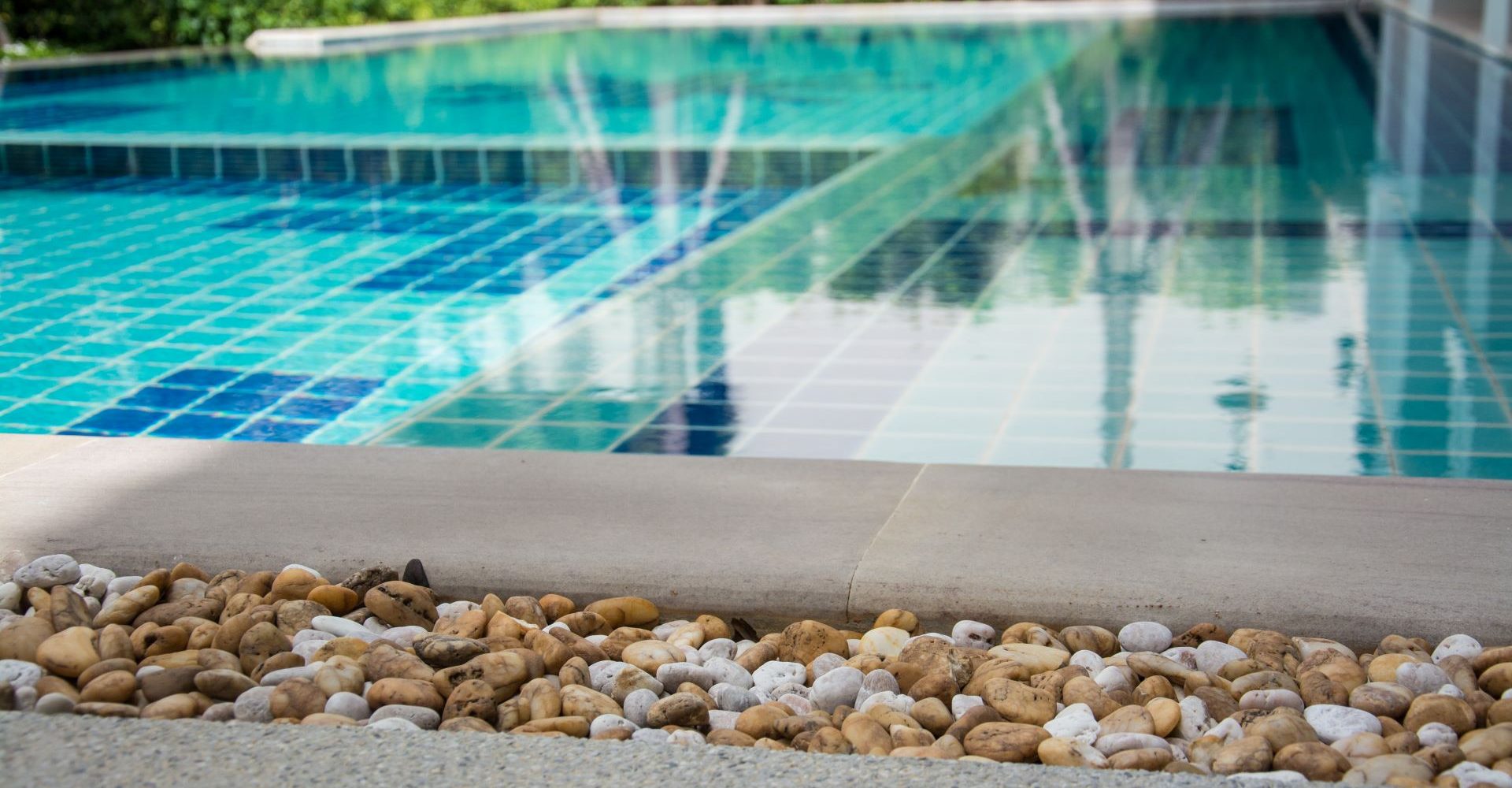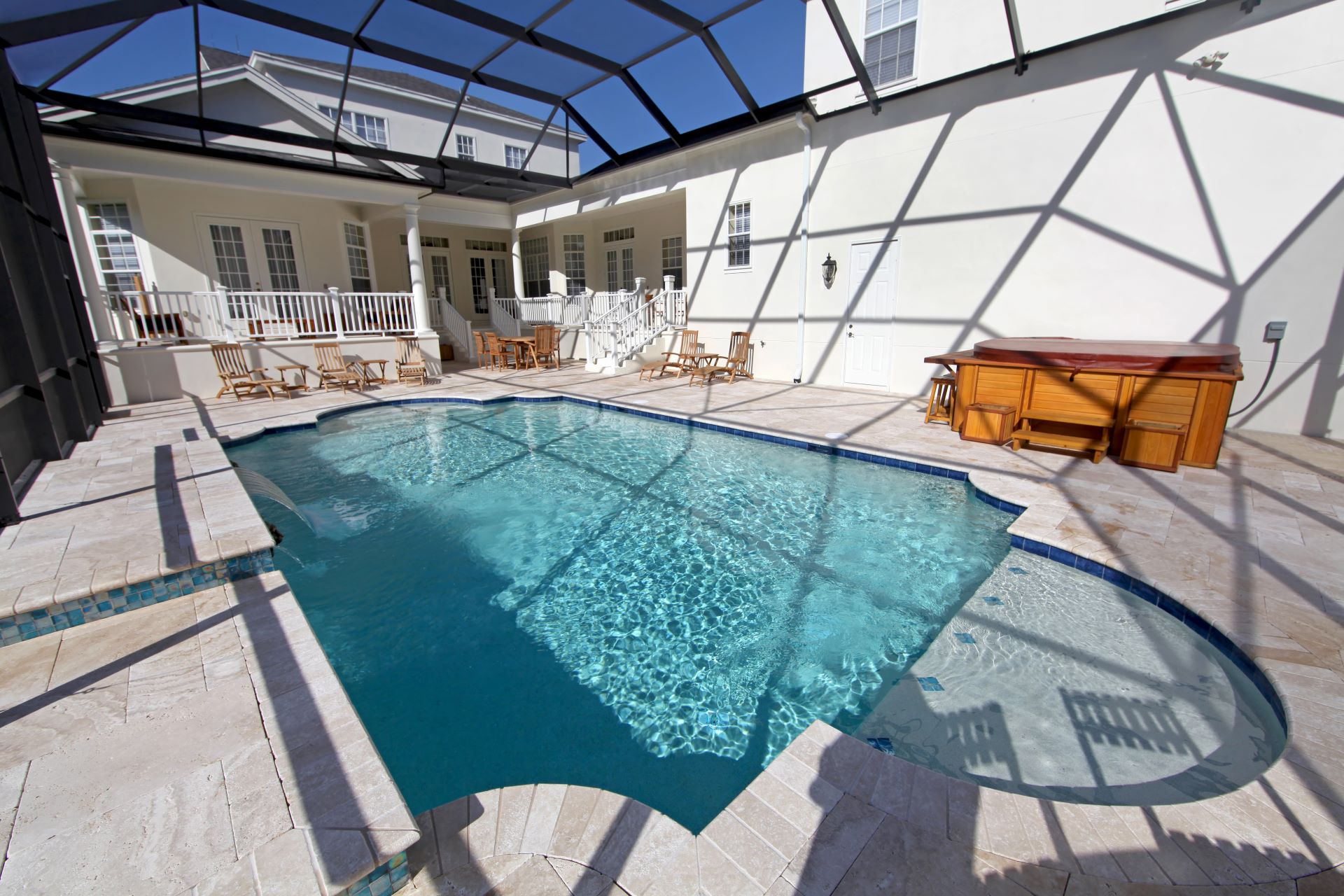
Installing an inground swimming pool is a significant investment that adds value to your property and provides a personal oasis for relaxation and recreation. However, the costs associated with a swimming pool project can vary widely based on numerous factors. The process of inground swimming pool installation involves several steps, including design, excavation, plumbing, and finishing. This guide aims to educate homeowners on the various elements that influence inground swimming pool installation costs, from materials and sizes to additional features, the pros and cons of each type of pool, in addition to long-term expenses. Investing in professional inground swimming pool installation can enhance your property’s value and provide years of enjoyment. Whether for recreation, exercise, or relaxation, an inground swimming pool installation creates a versatile and appealing outdoor space.
One of the first decisions in inground swimming pool installation is choosing the type of pool, such as vinyl liner, fiberglass, or concrete. Each type of pool has its own benefits and costs associated with the inground swimming pool installation. Inground swimming pool installation cost can vary depending on factors like pool type and additional features, so be sure to factor these in when considering the cost of inground swimming pools. Here’s a closer look at the three primary types of inground pools and the advantages and disadvantages of each type:
In summary, inground swimming pool costs should be carefully considered alongside factors like size, materials, and long-term maintenance.
Understanding how much does a swimming pool cost is crucial for homeowners considering an inground pool addition. Understanding the average cost ranges can help you budget for your inground pool. Proper planning and budgeting are essential for a successful inground swimming pool installation:
Understanding the costs associated with different types of inground pools is essential for making the right decision to fit your budget and meet your needs. Pool type costs not only include the initial installation but also long-term pool maintenance and potential repairs.
Vinyl liner pools are a popular choice for homeowners due to their affordability and customizable options. These pools are constructed using a custom-made sheet of vinyl that serves as the pool’s interior surface, separating the water from the pool structure itself. The underlying structure is typically made from steel, aluminum, or polymer panels, which are assembled on-site before the vinyl liner is installed.
Fiberglass pools are an increasingly popular choice among homeowners due to their durability, low maintenance, and relatively quick installation process. These pools are pre-molded at a manufacturing facility and then delivered to the installation site in one piece. The pool shell is typically made from layers of fiberglass and a gel coat finish, creating a smooth and non-porous surface.
Concrete and gunite pools are often considered the pinnacle of custom pool construction due to their flexibility in design and exceptional durability. Gunite, a type of sprayed concrete, is a popular choice for constructing these pools because it allows for intricate designs and complex shapes that other materials cannot achieve. This method involves spraying a mixture of cement, sand, and water onto a rebar framework, which can be molded into virtually any shape.

When planning the installation of an inground swimming pool, the size and shape of the pool are crucial factors that significantly impact both the initial cost and the overall functionality. The dimensions and design of your pool not only influence the amount of materials and labor required but also dictate the customization options available, the aesthetic appeal of your outdoor space, and how well the pool meets your specific needs and preferences. Whether you opt for a standard size or a custom shape, understanding how these considerations affect the installation process and costs can help you make informed decisions and create a pool that perfectly complements your lifestyle and property. The size and shape of the pool you choose directly impact the cost due to the amount of materials and labor required.
Larger pools require more excavation, materials (such as liner, fiberglass, or concrete), and longer construction time, all of which add to the cost. For example:
Custom shapes require more complex engineering and construction processes. Unique designs, such as freeform or kidney shapes, involve additional labor and materials, increasing the total expense. Custom shapes might also necessitate specialized equipment and skilled labor, further driving up costs. While a standard rectangular pool might be on the lower end of the cost spectrum, a highly customized pool can exceed $150,000.
The geographical location of your property affects the cost of installing an inground pool due to several factors:
Additional features can significantly enhance your pool but also add to the total expense. During the inground swimming pool installation, it’s crucial to consider additional features like lighting, heating, and safety fencing. Here’s a breakdown of common extras:
The cost to install a pool heater should be factored into the overall budget for inground swimming pool installation. Options to extend the swimming season by keeping the water warm include:
Add fun and excitement to your pool. Options include:
These two elements are essential for safety and aesthetics. Options include:
Modern pools often feature automation systems for maintenance and convenience. Options include:
Owning an inground swimming pool is a long-term investment that extends beyond the initial installation costs. To fully understand the financial commitment, it’s essential to consider the ongoing expenses associated with pool ownership. These long-term costs include regular maintenance, repairs, increased utility bills, and occasional upgrades. Properly maintaining your pool not only ensures its longevity and optimal performance but also enhances the safety and enjoyment for you and your family. In this section, we will delve into the various long-term costs of owning a pool, providing a comprehensive overview to help you budget and plan for a seamless and enjoyable pool ownership experience.
Regular maintenance is crucial for the longevity of your pool:
Pools increase utility costs due to water usage and electricity for pumps and heaters. Expect an additional $50 to $300 per month.
When it comes to installing an inground swimming pool, homeowners are often faced with a crucial decision: should they undertake the project themselves or hire a professional installer? Each approach has its own set of advantages and drawbacks that can significantly impact the final outcome in terms of cost, quality, and time. The duration of an inground swimming pool installation can vary, but typically it takes several weeks to a few months. DIY installation might seem like a cost-effective solution, offering a sense of accomplishment and potential savings. However, it also comes with risks and challenges that could lead to higher expenses in the long run. On the other hand, professional installation ensures expertise, efficiency, and adherence to safety standards, though it comes with a higher initial price tag. In addition, hiring a professional for inground swimming pool installation ensures the job is done correctly and safely. In this section, we will explore the pros and cons of both DIY and professional installation to help you make an informed decision that best suits your budget, skill level, and project expectations.
DIY installation can save money but is not recommended due to complexity and potential for costly mistakes.
Hiring a local swimming pool company ensures quality and longevity. Professionals handle permits, excavation, installation, and provide warranties. For optimal results and convenience, it’s advisable to hire a local swimming pool installer with expertise in inground pool installation.
Inground swimming pool installation is a significant home improvement project that can transform your backyard into an oasis. Deciding to install an inground swimming pool is a significant investment that involves various factors, including pool type, size, shape, additional features, and long-term costs. Each decision impacts not only the initial expense but also the ongoing maintenance and overall enjoyment of your pool. Whether you choose a vinyl liner, fiberglass, or concrete pool, and whether you opt for a DIY approach or hire a professional, understanding these considerations will help you make informed choices that align with your budget and lifestyle. If you do prefer to contract locally, think to hire a local swimming pool company with a proven track record of excellence. By carefully evaluating your needs and the associated costs, you can create a beautiful, functional, and enjoyable pool that adds value to your home and provides years of recreation and relaxation.
Installing an inground swimming pool involves various costs depending on the pool type, size, and additional features. Expect to invest between $25,000 and $100,000+.
Before proceeding, consider your budget, the intended use of the pool, and long-term maintenance. Water pool costs encompass various expenses beyond just the initial installation, including maintenance, repairs, and utilities. Consult with professional installers to get accurate estimates and ensure a smooth installation process.
Hiring a local swimming pool installer can provide peace of mind and ensure your pool is built to last. Whether opting for a vinyl, fiberglass, or concrete pool, understanding these cost factors will help you make an informed decision and enjoy your new pool for years to come.